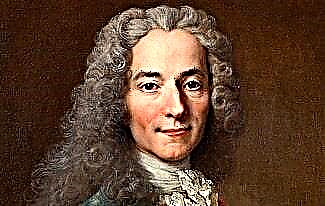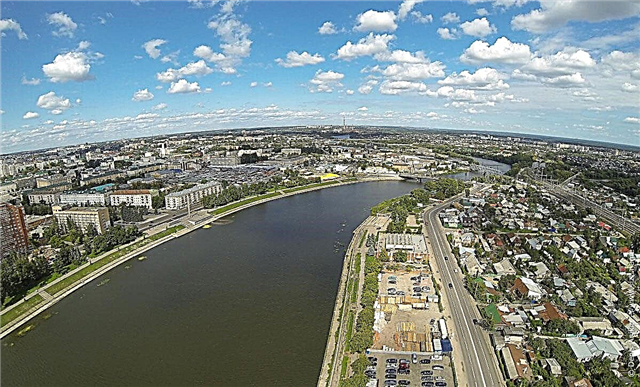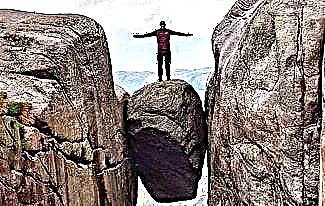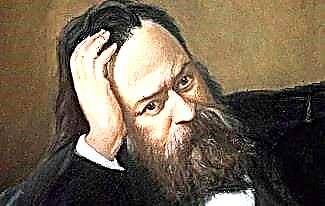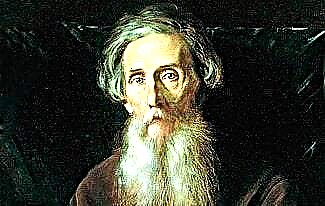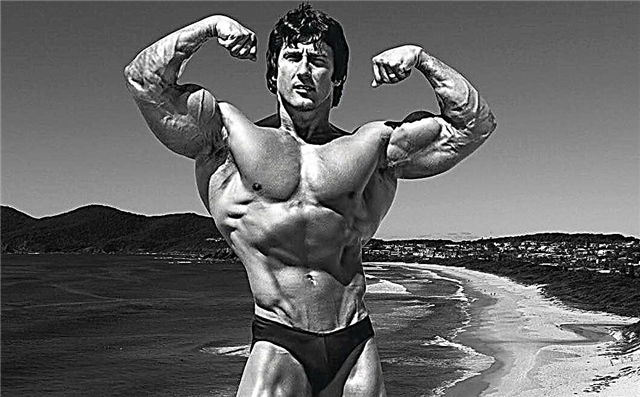The Sheikh Zayed White Mosque, erected in Abu Dhabi, the capital of the United Arab Emirates, is considered one of the largest religious buildings in the world. A large number of tourists visit the country every year to see this truly unique symbol of Islamic architecture.
History of the construction of the Sheikh Zayed Mosque
Talented architects both from the UAE and from around the world sent their works to the competition announced in connection with the construction of a unique mosque. The planning and construction of the entire religious complex was carried out over 20 years and cost two billion dirhams, which amounted to 545 million US dollars.

Marble was supplied from China and Italy, glass from India and Greece. Most of the engineers involved in the construction were from the United States. 38 companies and over three thousand workers participated in the creation of the mosque.
The religious center covers an area of 22,412 m² and accommodates 40,000 believers. The project was approved in the Moroccan style, but then the walls inherent in Turkish structures and decorative elements corresponding to the Moorish and Arab trends were included in it. The Grand Mosque stands out from the surrounding landscape and seems airy.
During the construction of the Sheikh Zayed Mosque, the highest quality and most expensive building materials were used, including the famous Macedonian marble, thanks to which the whole complex looks so dazzling.
All 82 domes, created in the Moroccan style of white marble, as well as the main central one, 32.8 m in diameter and 85 m high, make up an unprecedented architectural composition, the impression of the beauty of which remains for a long time. The ensemble is completed by four minarets, each of which is 107 m high. The area of the courtyard is 17,000 m². In fact, it is a marble mosaic of 38 colors.
The northern minaret, which houses a large library, displays ancient and modern books on art, calligraphy and science.
The White Mosque is a tribute to Sheikh Zayed, who served as President for almost 33 years. Sheikh Zayed Ibn Sultan Al Nahyan established the Zayed Foundation in 1992. It is used to build mosques, finance areas affected by natural disasters and the work of research and cultural enterprises.
The Sheikh Zayed Mosque was opened in 2007. A year later, it became possible to conduct tourist excursions for tourists of other religions. Elizabeth II herself came to see this architectural masterpiece.
Interior design of the mosque
This religious center is the Juma Mosque, where the entire Muslim community prays at noon every Friday. The central prayer hall is designed for 7000 believers; only men can be in it. There are smaller rooms for women, each of them can accommodate up to 1.5 thousand people. All rooms are decorated with marble, decorated with inlays of amethyst, jasper and red agate. The traditional ceramic decor is also very beautiful.
The floors in the halls are covered with carpet, which is considered to be the longest in the world. Its area is 5700 m², and its weight is 47 tons. It is made by Iranian carpet weavers. For two years, working in several shifts, 1200 craftsmen created a masterpiece.

The carpet was brought to Abu Dhabi by two planes. Weavers arrived from Iran and weaved all nine pieces together without any seams. The carpet is listed in the Guinness Book of Records.
Until 2010, the chandelier in the main prayer hall was considered the largest. It weighs approximately 12 tons and has a diameter of 10 m. It is one of the 7 chandeliers hung in the mosque.
We advise you to look at the Taj Mahal.
The Qibla prayer wall is the most important part of the mosque. It is made of light marble with a warm, milky hue. The gold and glass mosaic shows 99 names (qualities) of Allah.
External lighting and surrounding landscape
Several modes are used to illuminate the mosque: morning, prayer and evening. Their peculiarity lies in demonstrating how the Islamic calendar is related to the lunar cycles. The lighting resembles clouds, the shadows of which run along the walls and create amazing dynamic pictures.
The Sheikh Zayed Mosque is surrounded by man-made canals and several lakes, covering an area of approximately 8,000 m². Due to the fact that their bottom and walls are finished with dark blue tiles, the water acquired the same shade. The white mosque, reflected in the water, creates an extraordinary visual effect, especially in the evening light.
Working hours
The religious complex is open to its guests. All tours are free. It is recommended to inform the property in advance about a tourist group or the arrival of people with disabilities. All excursions start from the eastern side of the complex. Visits are permitted at the following times:
- Sunday - Thursday: 10:00, 11:00, 16:30.
- Friday, Saturday 10:00, 11:00, 16:30, 19:30.
- There are no guided tours during prayers.

The appropriate dress code must be observed on the territory of the mosque. Men must wear shirts and trousers that completely cover their arms and legs. Women should wear a scarf on their heads, tied so that their neck and hair are covered. Long skirts and blouses with sleeves are allowed.
If the clothes do not meet the accepted standards, then at the entrance will be given a black scarf and a closed floor-length robe. Clothing should not be tight or revealing. Shoes must be removed before entering. Eating, drinking, smoking and holding hands are prohibited on site. Tourists can only take photos of the mosque outside. It is necessary to closely monitor the children during the excursion. The entrance is free.
How to get to the mosque?
Regular buses leave from Al Ghubaiba Bus Station (Dubai) to Abu Dhabi every half hour. The ticket price is $ 6.80. The taxi fare is more expensive and will cost travelers 250 dirhams ($ 68). However, this is the best solution for a group of 4-5 people.


